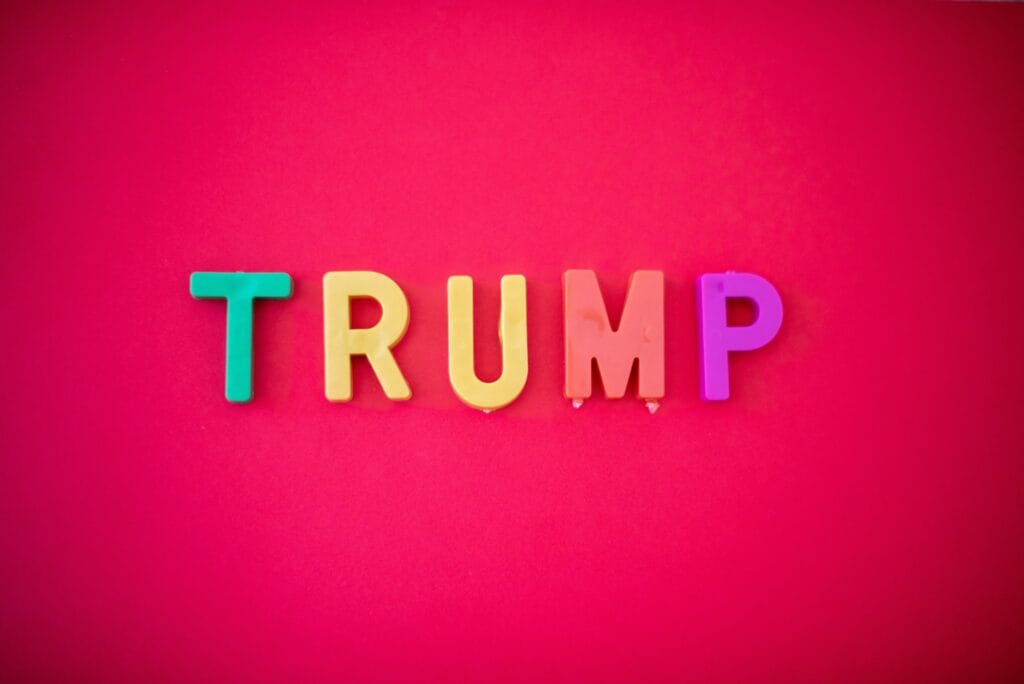The Role of Social Media in Donald Trump’s Election Campaign
Introduction: The Digital Firepower that Reshaped Political Campaigns
From the dawn of the 2000s, the rise of social media has revolutionized how candidates connect with voters. By the time Donald Trump entered the 2016 race, platforms like Facebook, Twitter, and Instagram had become indispensable tools for shaping public opinion. Instead of relying solely on traditional media gatekeepers, candidates could now broadcast messages directly, engage in real‑time dialogue, and mobilize supporters on their own terms. This shift democratized political communication, allowing for a more personalized and immediate form of outreach that would prove decisive in the election.
Social Media Strategy: Trump’s Campaign in 2016
Trump’s 2016 social media approach set a new standard for political engagement. His team harnessed the full spectrum of platforms to push a message that cut across traditional partisan lines.
Twitter Dominance: The Power of Unfiltered Messaging
With over 34,000 tweets during the campaign, Trump’s presence on Twitter was relentless. Every headline‑worthy statement, each policy push, and even every personal jab was posted to the platform, driving the news cycle and ensuring constant visibility. By bypassing mainstream news outlets, he could directly address his supporters and shape the narrative without editorial interference. This immediacy amplified his voice and kept him at the center of national conversation.
Facebook Micro‑Targeting: Precision Outreach
While Twitter showcased broad themes, Facebook allowed the campaign to hone in on specific demographics. Cutting‑edge data analytics and micro‑targeting techniques meant that millions received ads tailored to their interests, fears, or hopes. Reports indicate that the campaign ran nearly 6 million unique ads, each optimized for reach and conversion. This granular approach enabled Trump to speak to voters on the issues that mattered most to them, reinforcing a sense of personal connection.
Instagram: Visual Storytelling and Youth Engagement
Instagram added a visual dimension to the campaign’s digital arsenal. By sharing images and short videos—such as rallies, meetings with business leaders, or casual moments—Trump appealed to younger voters who deeply engaged with visual content. The platform offered a space where authenticity could be conveyed through candid snapshots, further humanizing the candidate.
Impact on Voter Engagement and Mobilization
Social media not only broadened Trump’s reach but also deepened voter participation. It broke traditional barriers, drawing in groups that historically remained disengaged.
Driving Political Participation
Nearly two‑thirds of Americans turned to social media for election news in 2016, replacing or supplementing traditional outlets. This shift allowed the candidate to tap into communities that were previously unreachable via conventional channels. Online forums and comment threads became arenas for discussion, debate, and political education, stimulating a more politically aware electorate.
Mobilizing the Base
Targeted calls to action—such as “Get to the polls,” “Volunteer,” or “Tell a friend”—were amplified through algorithmic feeds. The instant feedback loop of likes, shares, and comments created momentum that translated into real‑world turnout. In key battleground states, social media helped orchestrate coordinated voter drives, ensuring that supporters not only voted but also rallied others to the cause.
Criticisms and Controversies: Navigating Ethical Boundaries
Despite its effectiveness, Trump’s social media strategy drew significant scrutiny and debate.
The Storm of Misinformation
Social media’s rapid spread of content unintentionally provided a fertile ground for misinformation. Stories with little factual basis rattled, often outpacing corrections and official statements. This phenomenon raised questions about platforms’ responsibilities to vet content and the impact of unchecked rumors on public opinion.
Foreign Influence and Algorithmic Amplification
Investigations revealed that foreign actors exploited social media algorithms to deliver targeted propaganda. Bots and fake accounts amplified divisive pieces, sowing discord and manipulating perceptions. These tactics demonstrated how vulnerable the democratic process could be to digital manipulation when oversight is insufficient.
Heightening Political Polarization
Trump’s blunt rhetoric, amplified by the unconstrained nature of social media, widened ideological divides. The platforms’ proclivity for echo chambers meant that users were increasingly exposed to homogenous viewpoints, reinforcing pre‑existing biases and stifling constructive debate.
Conclusion: The Lasting Legacy of Trump’s Social Media Strategy
Donald Trump’s use of social media in 2016 fundamentally altered the tactics of political campaigning. By weaving a sophisticated social media strategy that combined unfiltered speeches, precision-targeted advertising, and visual storytelling, he carved out a new blueprint for engagement and mobilization. While the approach faced legitimate concerns over misinformation, foreign interference, and polarization, it also opened avenues for greater voter participation and diversified political expression.
As technology continues to evolve, the lessons from Trump’s campaign will inform how future campaigns harness digital platforms. Maintaining a balance—leveraging the strengths of social media for outreach while safeguarding the integrity of information—will be crucial for preserving the democratic process in an age where tweets and posts can shape the fate of nations.


